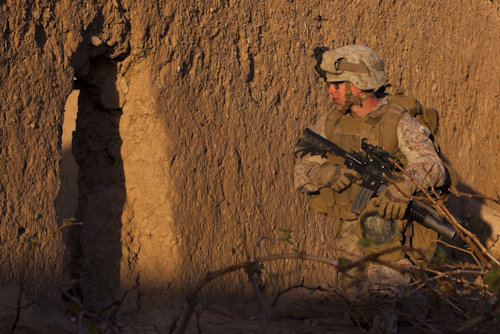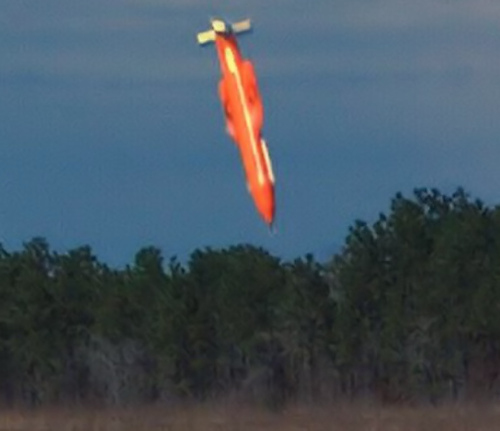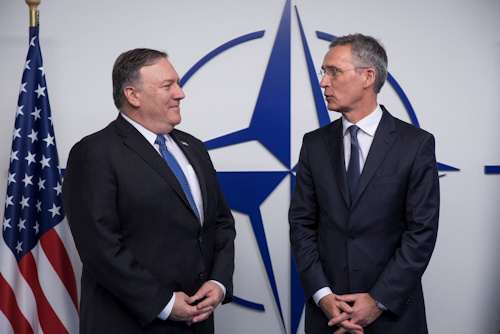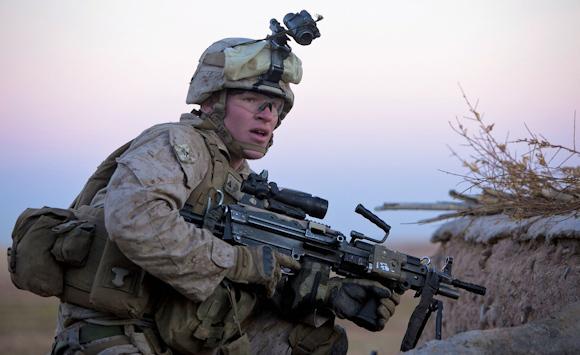During a press conference held on the sidelines of his last trip to Afghanistan as the United States Special Envoy for Peace in Afghanistan, the councilor for Afghanistan at the Trump Administration, Zalmay Mamozy Khalilzad has, among other things , stated that: "the United States expects a peace agreement to be reached before the April 20 next year, when the presidential elections will be held in Afghanistan". This is not a trivial statement, since it comes from the one who, to date, is one of the leading men in the US political-diplomatic field having served his country in fairly recent times as a first ambassador to Afghanistan, then ambassador to Iraq and finally ambassador to the United Nations. Predictably, this comment has been welcomed by several political commentators, confirming that the United States is seeking an honorable definitive way out of Afghanistan. It is paradoxical that it is precisely in Khalilzad that the burden of negotiating the "surrender" of the American strategy in Afghanistan has been touched upon, having distinguished itself in not suspicious times as one of the first signatories of the so-called "Project for the New American Century", the 26 January 1998, today universally defined as the first "public act" of the so-called "Neo-Con" movement.
In reality, the American decision to proceed with a progressive "disengagement" from Afghanistan dates back to at least the first term of the Obama presidency. In the 2009 the then chief commander of the ISAF forces, General Stanley McChrystal, had become the protagonist of an unprecedented public stance against the white house waiting policy guilty of denying him 30-40.000 reinforcing men he said indispensable to "degrade" the Taliban's military capabilities. Predictably, McChrystal was removed and Obama proceeded instead to the inauguration of a program of progressive "Afghanization" of the conflict, moving the American troops and ISAF in a supporting role and yielding to the Afghan Security Forces the task of carrying out the pacification projects. of the country, especially in rural areas. However, more than 17 years after the country's American and international invasion, and at 9 since the beginning of the "Afghanization" program, the objective situation on the ground suggests that, unfortunately, the country is not at all on the path of pacification.
 Despite the joint action of the ISAF forces and the Afghan Security Forces (reinforced by a good number of "mercenary contractors"!) Has caused the Taliban over 100.000 dead over the years, the resistance has not been weakened, and indeed from the 2015 to date it has even seen a resurgence so much that it can now control over half of the districts of the country. Not only that, while in the first years after the 2001, the Taliban forces operated mainly in the areas inhabited by the Pashtun, being the movement of the "Koranic Students" essentially an expression of the exasperated cultural nationalism of the most important of the ethnic groups of the country, today the Taliban have their range of action has greatly increased, making numerous "proselytes" even in areas traditionally inhabited by the enemy ethnic groups of the Pashtuns (Tajiks, Uzbeks, Turkmens, etc ...).
Despite the joint action of the ISAF forces and the Afghan Security Forces (reinforced by a good number of "mercenary contractors"!) Has caused the Taliban over 100.000 dead over the years, the resistance has not been weakened, and indeed from the 2015 to date it has even seen a resurgence so much that it can now control over half of the districts of the country. Not only that, while in the first years after the 2001, the Taliban forces operated mainly in the areas inhabited by the Pashtun, being the movement of the "Koranic Students" essentially an expression of the exasperated cultural nationalism of the most important of the ethnic groups of the country, today the Taliban have their range of action has greatly increased, making numerous "proselytes" even in areas traditionally inhabited by the enemy ethnic groups of the Pashtuns (Tajiks, Uzbeks, Turkmens, etc ...).
It seems that the strategic changes brought by Trump have had no tangible effect. Once in power, the new White House tenant had announced a resurgence of military engagement with stars and stripes. In the words of the president-tycoon, the new American commitment was no longer aimed at supporting the campaigns of pacification, nor to rebuild the country, but only to "kill the Taliban". The indiscriminate increase of aerial bombardment is reported in this area both on the territory of Afghanistan and in neighboring Pakistan which, although provoking a significant increase in the enemy's losses, has also caused a greater number of civilian losses, especially in light of the fact that both American and Afghan intelligence seems not to have on the ground assets sufficient to support the "air" effort with a constant and precise flow of information.
 Evaluating the raw data of the statistics, the numbers seem impressive; since the beginning of the 2018, the United States has dropped a record number of bombs and other ammunition in comparison with all other years of the American effort in Afghanistan since the 2006, when these measurements began. According to the data provided by the US Air Forces Central Command, during the period between January and October of the 2018, the US air forces have totally dropped in 5.982 weapons of various kinds in the course of 6.600 operational sortie, the 12% of which consists of bombing missions. A decisive increase with respect to the year 2017, which also had been characterized by the first operational use of the mammoth GBU-43 / B MOAB (Massive ordnance air blast, pictured), also known colloquially as "the Mother of All Bombs", dropped the 13 of 2017 April during a bombing in the town of Nangarhar, in the district of Achin.
Evaluating the raw data of the statistics, the numbers seem impressive; since the beginning of the 2018, the United States has dropped a record number of bombs and other ammunition in comparison with all other years of the American effort in Afghanistan since the 2006, when these measurements began. According to the data provided by the US Air Forces Central Command, during the period between January and October of the 2018, the US air forces have totally dropped in 5.982 weapons of various kinds in the course of 6.600 operational sortie, the 12% of which consists of bombing missions. A decisive increase with respect to the year 2017, which also had been characterized by the first operational use of the mammoth GBU-43 / B MOAB (Massive ordnance air blast, pictured), also known colloquially as "the Mother of All Bombs", dropped the 13 of 2017 April during a bombing in the town of Nangarhar, in the district of Achin.
Adopting a long-term vision, it is not difficult to see how the campaign of aerial bombardments promoted by the Trump Administration was inscribed in a normal "recrudescence" of the conflict in that tormented country. According to data published by the 21 2018 "Liberty Report" June, the amount of bombs launched by the United States on a daily basis in Afghanistan went from 24 bombs a day during George Bush junior presidency to 30 bombs a day in the course of the presidency of Barack Obama up to touch 121 bombs per day during the current Trump presidency (approximately 1 bomb every 12 minutes!) without this translating into a real shift in the military and political balance in favor of the Afghan government, United States and the international coalition. Not only that, while the Taliban and the al-Qaeda network have been gradually replenishing their forces, from the 2015 to this part even ISIS has overwhelmingly manifested its presence creating serious problems both to the Afghan government and to the Taliban themselves, who since then they have had to live together with an ideological allogeneic force which, however, has proved capable of rapidly making "proselytes" even in Afghanistan.
 The total disarticulation of Western strategy towards Afghanistan is well represented by the different positions taken by the leaders of the Atlantic Alliance and the United States in recent weeks. If 3 2018 December 19 NATO Secretary General, Jens Stoltenberg (pictured, right), said that "under no circumstances the international coalition would withdraw from Afghanistan," XNUMX December, when announcing the withdrawal of the troops from Syria, US President Trump announced instead halving the US contingent in Afghanistan.
The total disarticulation of Western strategy towards Afghanistan is well represented by the different positions taken by the leaders of the Atlantic Alliance and the United States in recent weeks. If 3 2018 December 19 NATO Secretary General, Jens Stoltenberg (pictured, right), said that "under no circumstances the international coalition would withdraw from Afghanistan," XNUMX December, when announcing the withdrawal of the troops from Syria, US President Trump announced instead halving the US contingent in Afghanistan.
It is clear that, in the face of the efforts and money lavished, Afghanistan has proved to be a territory too difficult for the power to stars and stripes and that, in order to avoid a defeated military defeat, the most forward-looking sectors of the American deep state they are now convinced to accept an inevitable departure from a quagmire that once again confirmed its proverbial reputation as an "empire cemetery".
(photo: US Marine Corps / US DoD / Twitter)












